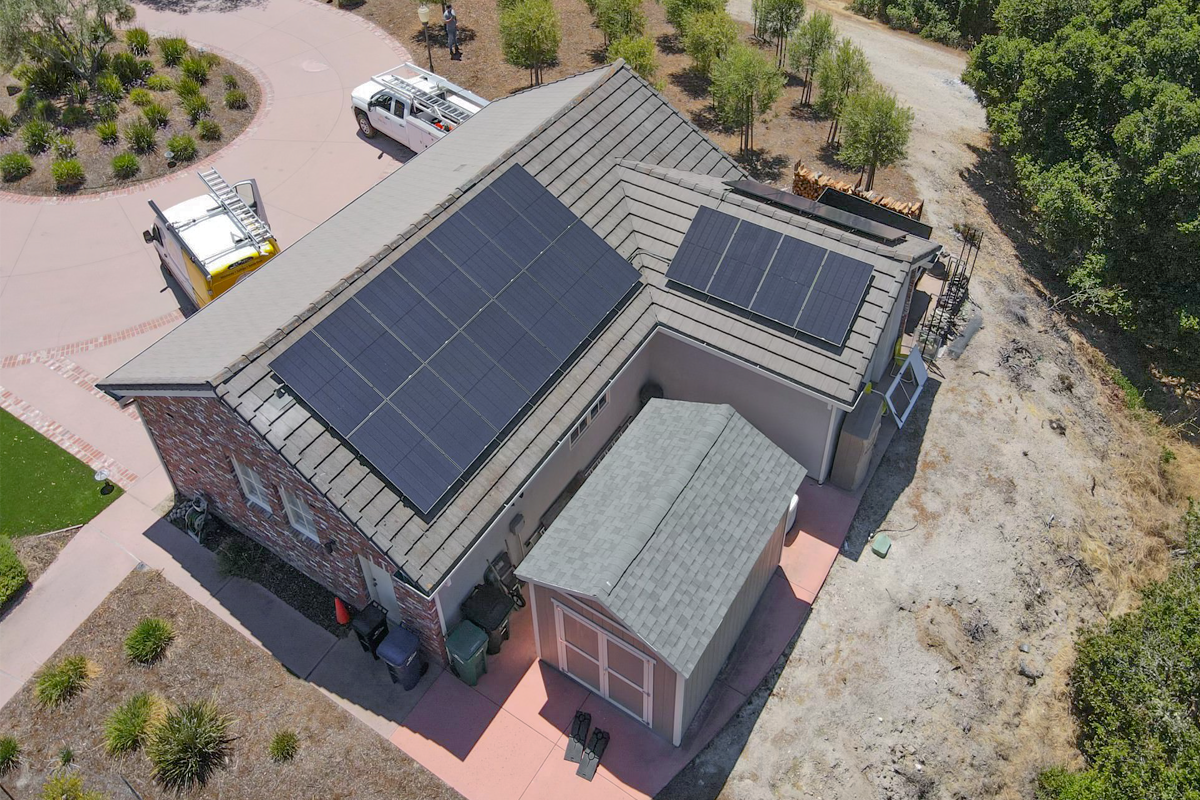If at some point you need to replace your roof or insulate your existing roof in an effort to decrease your utility bills, there’s a chance you will be asked to understand a measurement called the “R-Value.” Most people don’t know what this means and could be very confusing. This article will attempt to answer several questions: What is the R-Value? What does it measure? What does the number mean? Do you want a higher or lower value? How important is the number?
The R-Value is a way of measuring the energy efficiency of a material based on its ability to insulate by preventing warm air moving through it. A material that allows a lot of thermal movement has a low R-value, and vice versa. Here’s an example. If you put something on a piece of aluminum foil and hold it over an open flame, the object on the other side of the foil will still get extremely hot, which means it has a low R-value. If you use a silicon pad, which is designed to limit the transfer of heat, the object behind the mat will have very little change in temperature. This means the pad has a high R-value.
So, when it comes to a roof, different materials have different R-values. A metal roof has a lower R-value because it is an excellent conductor of heat. Even though metal roofs are durable they will allow far more heat into your attic. On the other hand, materials like cement or clay tiles have a high R-value because they are both natural insulators. Because they don’t transfer a lot of heat, they will keep your roof cool whereby keeping your home cooler.
A roof that has good ventilation has a longer lifespan and that is very important. Even though the benefits of proper ventilation are not analyzed as an R-value it is a critical component to protect the R-value of your roofing material.
Do you need a new roof? Premo Roofing would like to work with you to choose the roofing materials that will be energy-efficient and durable! Contact us at 831-443-3605.




